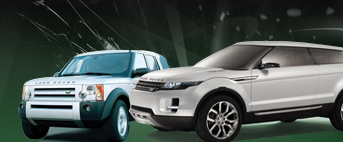Traction is totally seperate from what size of wheel will be better.
Well, let's look at that.
The main purpose of airing down tires is to create a larger contact patch.
A larger contact patch increases traction.
When the tires are aired down, the edge of the rim is at more risk from hazards like rocks, holes and ledges. A taller sidewall means you can air down more than you could with a shorter sidewall while incurring less risk.
Therefore, for a given overall wheel diameter, a smaller rim/taller sidewall combination, when aired down, will give you more potential for traction than a bigger rim and skinny sidewalls.
Would the answer be the same if I was talking about solely traction in mud, snow, dirt ?
Each of those three surfaces demands a different driving technique.
Let us first distinguish terms. The wheel is the sum of the tire and the rim.
In mud, the idea is for the tires to find traction by sinking into the mud to find some less slippery stuff to bite into. In this case taller wheels are better, because they can reach deeper into the mud without the undercarriage of the truck dragging on the ground. The rim/sidewall height issue is irrelevant here.
Snow is similar in this respect.
For dirt: well, there are lots of types of dirt. Most LR4 owners will not be going rock crawling. That's one of the prime circumstances where one would want to air down the tires. But there are others as well. In a recent trip to Death Valley we were on a long washboard road. If our speed rose above a crawl, the vibration would jatter our teeth out. So I aired down a little bit and were able to increase our speed and be spared the jarring. When airing down, a taller sidewall is preferable.
I for one am hugely disappointed that 19" rims are the smallest that will fit on the LR4. It's a devastating handicap, in spite of all the other offroad technology and assistance built into the truck. (I know there are some 18" rims somewhere across the ocean that will fit. One color, one style. Big money.

)


 )
)